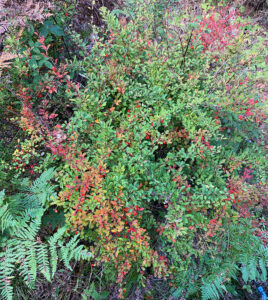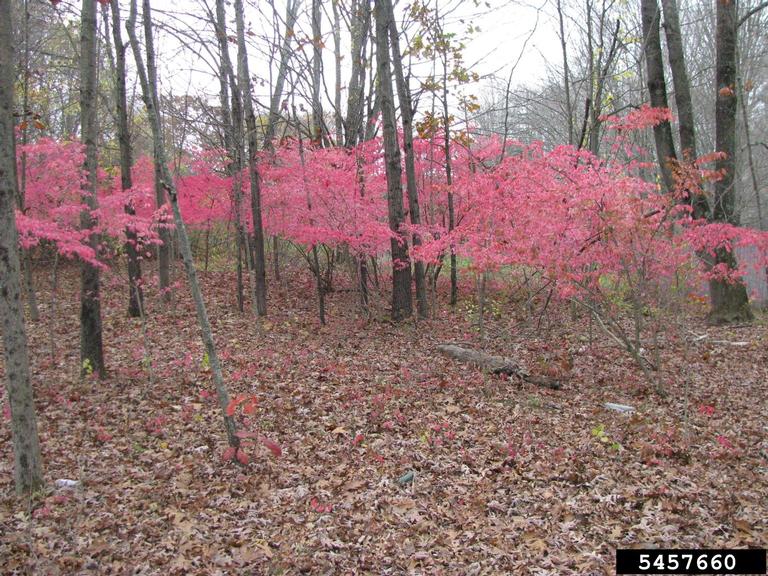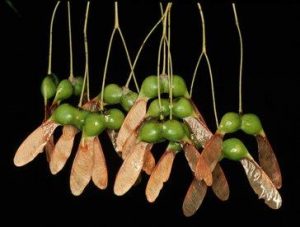
Originally planted as a garden ornamental, Japanese barberry can quickly escape cultivation and invade Wisconsin’s woodlands. / Photo Credit: Wisconsin DNR
By Erika Segerson-Mueller, DNR Invasive Plant Program Specialist, Oshkosh;
Erika.SegersonMueller@wisconsin.gov or 715-492-0391
While winter is just beginning to creep in on Wisconsin, many gardeners are already thinking ahead to the next spring planting season. While dreaming of spring blooms and designing your next garden or landscape layout, consider invasive plants that may try to weed their way into your plans.
Many invasive plants that are problematic for Wisconsin forests started as garden ornamentals. Although Wisconsin regulates 145 plants under the invasive species rule NR 40 prohibiting their sale, it’s essential to check your selections before purchasing and choose native plants when possible.
Continue reading “Keep Invasive Plants Out Of Spring Garden Plans”



 Learn more here …
Learn more here …